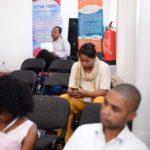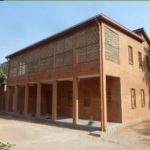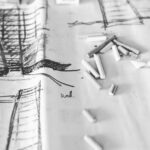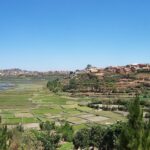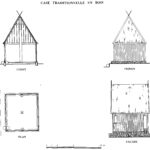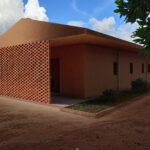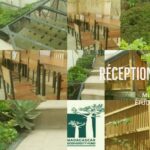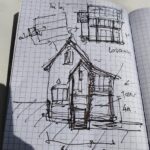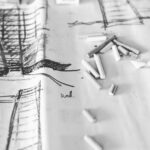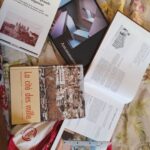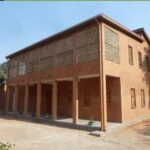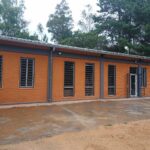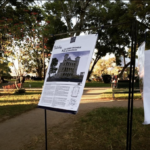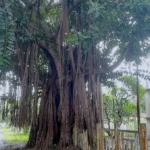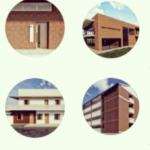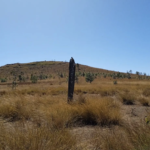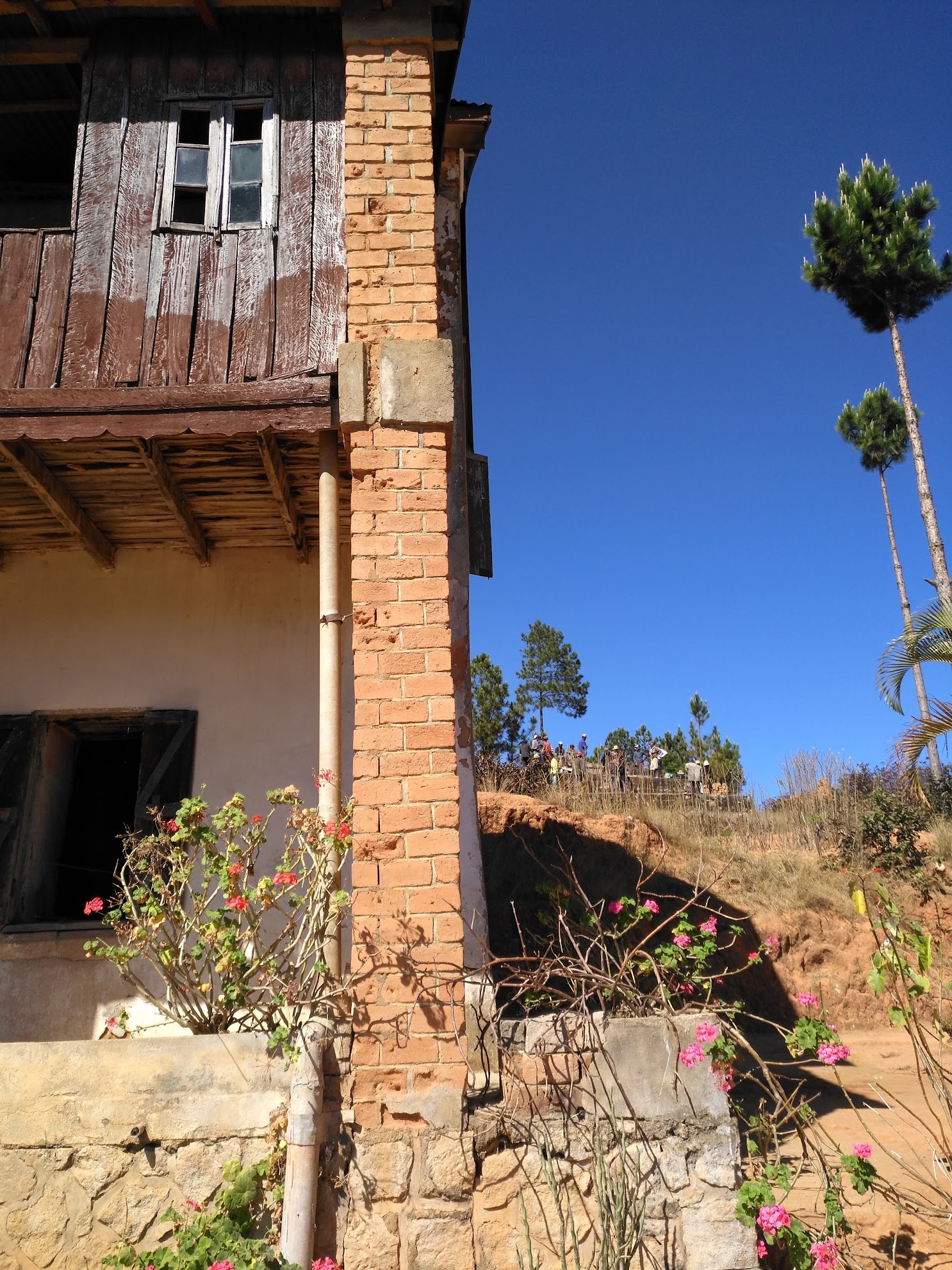
From my youth, I immersed myself in the realm of Magical Realism, captivated by the cinematic rendition of Isabel Allende’s novel, “The House of the Spirits.” This experience propelled me into the enchanting pages of Gabriel García Márquez’s “One Hundred Years of Solitude,” which served as the source of inspiration. Currently, I’m on page 30 of “The Casa Verde” by Mario Vargas Llosa, exploring our deep but non visible connections with this continent through the Mangaches community, all while not forgetting the influence of Disney’s “Encanto.” My children will be raised in an ethereal atmosphere where the home isn’t just a collection of plasterboard and cement blocks but a labyrinth of living spaces for reading, playing, assembling Legos, creating an “altar” during Dia del los Muertes, or a nativity scene ahead of Christmas time , syncretism at its best. The doors have their own personalities, and the house is our refuge, even if rain infiltrates through the roof, calling for renovation.
Our heritage, as Malagasy, Africans, indigenous natives, is not meant to be preserved in museums because it’s alive. We live within our heritage; it “inhabits” us. A recent anecdote about a mix-up regarding what burned at Rova d’Antsahadinta reveals a generational confusion. The Lapa, Rova, Trano Kotona, and Kianja will never be museums in the “colonial exhibition” sense of the term. Each family, community, or foko has its responsibilities to maintain their functionality. or else it ends this way :
Tsy nisy nipetraka intsony ny tranon’i Dadabe ka dia io mirodana fotsiny io kanefa isaky ny mahita azy io izahay dia misento tokana ihany mahatsiaro ny fahiny satria ny fahazazanay manontolo no voarakitra ao. (…) Tsy misy tranon-drazana intsony ao satria maty daholo ny lahilahy tokony hamelo-maso ary ny vavy dia nanaraka ny vadiny.
No one lived in Dadabe’s house anymore so it’s just crumbling, but every time we see it, we just sigh and remember the old days because our whole childhood is recorded there. (…) There is no longer a traditional house there because all the men who were supposed to look after them died and the women followed their husbands.
– from Family History book written by Jeanne Rasoanasy
The interiors of the “trano gasy” have truly preserved the imprints of “vintana,” cosmogonies, domestic utensils, and social statuses. Even though the external appearance has evolved through waves of colonization and regional material context, the interior, despite current partitions, has maintained and will continue to maintain the arrangements mandated by our wise “mpanandro.” The architect and their expertise have no say in this matter. This, I now understand.
Certainly, as you read these lines, you might think I didn’t face any challenges. Don’t be mistaken. For instance, I had an incredibly hard time accepting the “fomba fomba” before any construction. I had to learn to keep quiet when asked to delay the start of the work because it didn’t align with some other schedule. During the construction process, numerous “minor disruptive events” occurred, such as the night guard passing away alone in Andohotapenaka, the tree where offerings were made being cut down, leading to a sense of curse; tales of drownings in Pangalanes, specific places in Ivoloina we were warned not to touch, and even the orientation of the headboard causing concerns among potential clients, and so forth.
Initially, for me, Magical Realism came from the other side of the world, from North and South America, and I was ignorant of African culture, especially Malagasy. Then one evening, while reading the magnificent novel by Senegalese writer Boubacar Boris Diop, “Doomi Golo,” bam! It had been there all along. Of course, the African realm of Magical Realism is not limited to the already splendid “angano,” mythical “kalanoro,” and cursed oral traditions. We have developed a rich literary and artistic culture around it.
I still need to explore Malagasy authors on the subject. I thought it would take a by-the-book lecturing of a typical J.J.R. novel to immerse me in a wonderful and mystical world, but no. I’m fortunate to have exceptional individuals in my family, and I merely followed the extraordinary recommendations reading the lines of the one who fascinates me the most with her talent :
Efa manan-javin-dohalika izy rehetra ireo ka anjaran-tsika ny fanohizana azy ka ny zavatra fantatra dia lalan-davitra no vitan’ Andriamadio razantsika, mandra-pahatongan’ny ankehitriny (2018) ka nandritra izay taona elabe izay dia teo foana ny “géne” nitapify tao anatin’ny ra-tsika ary nahatonga antsika ho toy izao. Mihodina ny tantaran’ ny zana -kolombelona ka tsy mijanona amin’ny toerana misy azy, miteraka ny zanaka, dia nitombo hatrany ka rehefa mandeha ny andro sy ny taona dia mivadika hatrany hatrany ny pejy ary amin’ny farany dia tsy hita intsony ny maro ka ny tantara sisa no fitadidiana ny zava- nisy -taloha satria izany no lalan’ny fiainana.
All of them are already on their knees and it is up to us to continue them, so what is known is that our ancestors have done a long way, until now (2018) and during those long years, there was always the “genes” are embedded in our blood and make us what we are. The story of the children revolves and does not stay where they are, the children are born, they keep growing and as the days and years go by, the pages turn again and again and in the end, many of them are no longer seen. so the rest of history is the memory of the past because that is the way of life.
– from Family History book written by Jeanne Rasoanasy


